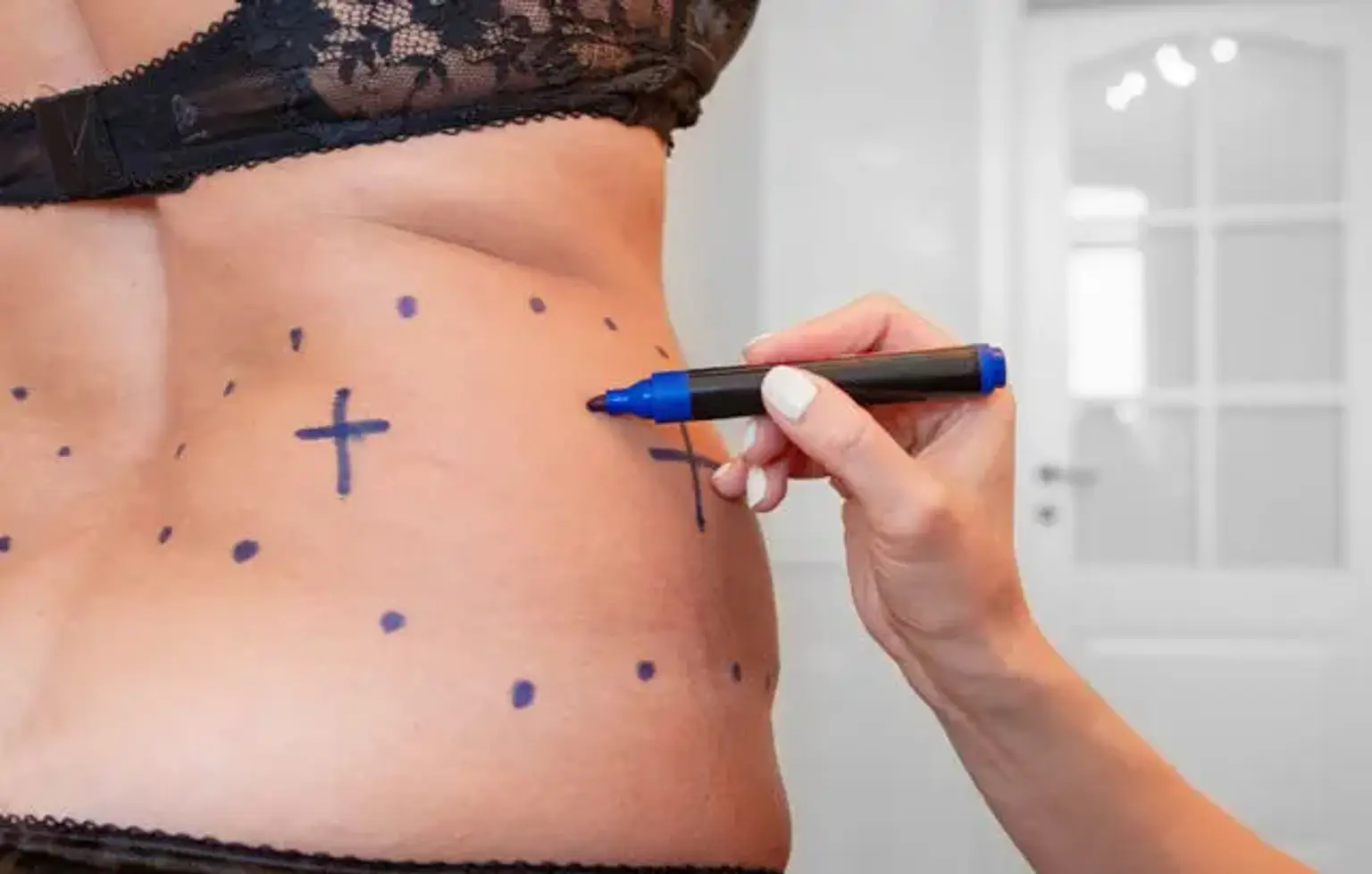Tumescent liposuction
Overview
Liposuction is a surgical operation that removes fat from particular parts of the body using a suction method, such as the belly, hips, thighs, buttocks, arms, or neck. These regions are also contoured through liposuction. Liposuction is also known as lipoplasty and body sculpting.
Tumescent liposuction is a procedure that uses local anaesthetic to numb substantial amounts of subcutaneous fat, allowing liposuction.
While the suctioned fat cells are gone for good, total body fat recovered to pre-treatment levels within a few months. This is despite sticking to the prior diet and exercise routine. While some of the fat returned to the treated area, the majority of the additional fat was found in the abdominal area.
